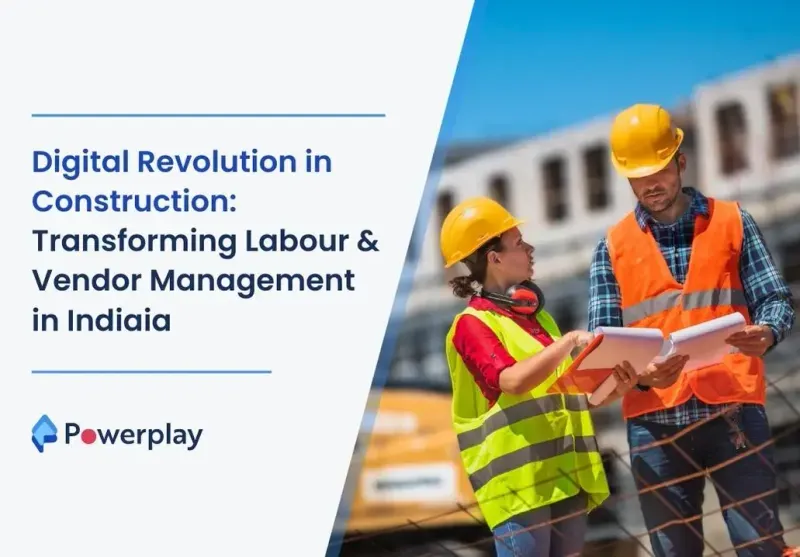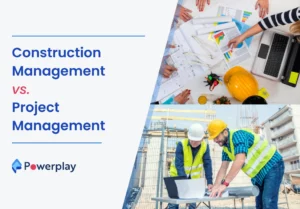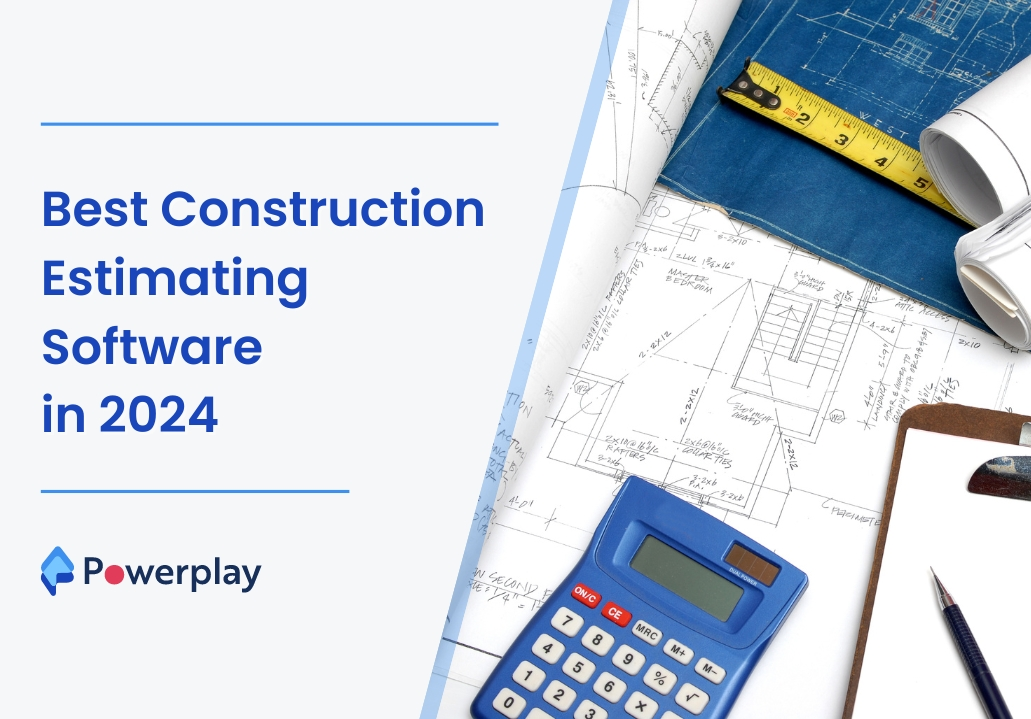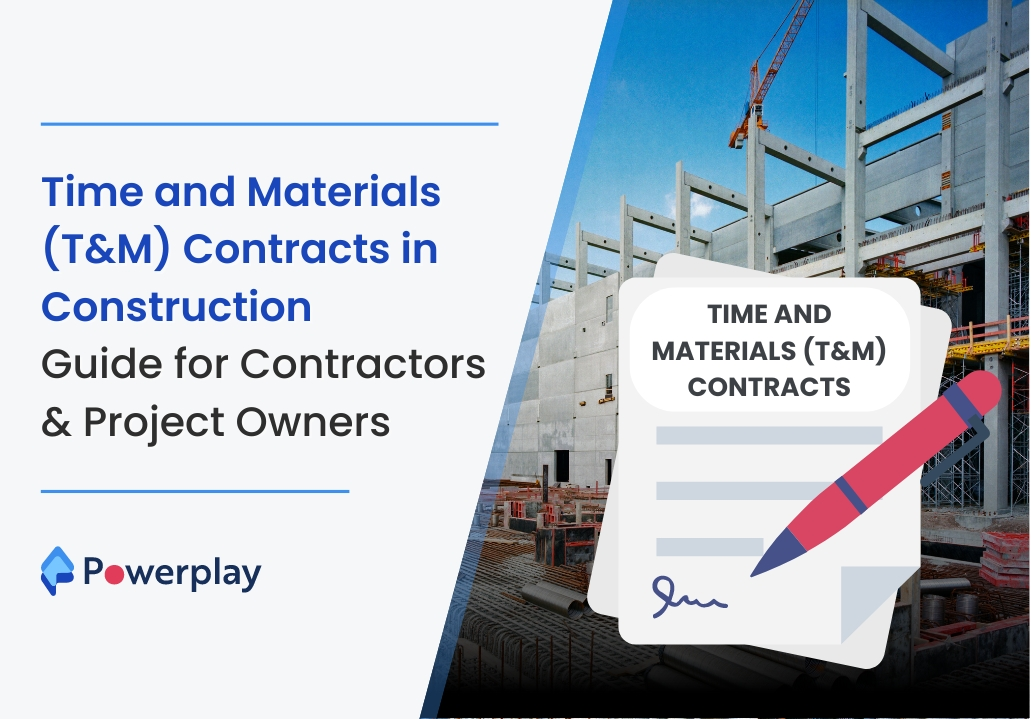Digital Revolution in Construction: Transforming Labour and Vendor Management in India
-
Kumar Abhishek Anand
- October 12, 2023

Construction is a complex game of juggling costs, timelines, and quality. The bulk of the muscle in this operation is provided by labour and vendors, who are the industry’s pulse, often operating behind the scenes. However, poor management of these integral components has unfortunately led to cost overruns, material wastages, and an air of distrust between them and commercial construction business owners. These teething problems have underscored the urgent need to overhaul the entire labour and vendor management process by ushering it into the digital age, with the help of construction management apps.

Table of Contents
ToggleThe Complexities of Labour and Vendor Management in Commercial Construction
Managing labour and vendors in commercial construction projects, particularly in India, is akin to conducting an orchestra. Each element must play in perfect harmony to create a successful symphony. It begins with selecting competent labour and vendors, followed by the logistical aspects of delivering materials on time and ensuring the efficient utilisation of labour.
On a typical Indian residential construction site, vendors can number in the dozens, each supplying a different type of material or service, which compounds the complexity of the operation. Meanwhile, labour can range from skilled masons to semi-skilled helpers, each requiring different levels of management. According to a 2022 survey, project managers spent nearly 30% of their time on administrative tasks related to labour and vendor management.
Commercial Construction Lapses in Labour and Vendor Management

The success of any commercial construction project heavily depends on how well the labour and vendors are managed. Unfortunately, mismanagement has often led projects down the drain. Here are some of the key pain points faced:
1. Poor Communication
This is one of the leading causes of mismanagement in commercial construction projects. A lapse in relaying essential information often results in errors, impacting the project’s quality and timing. Also, the language barrier could further complicate communication in a diverse labour workforce.
2. Delayed Payments
Payments that do not arrive on time can lead to disgruntled workers and vendors. This can have a ripple effect, causing delays in material delivery and affecting workers’ motivation and productivity.
3. Lack of Skills Training
A substantial number of construction workers in commercial projects lack formal training, which can lead to inefficient work processes and safety hazards. Further, poor training can lead to lower work quality, increased wastage, and higher rectification costs.
4. Overlapping Work Schedules
Without a clear work schedule, there could be a scenario where multiple trades are working simultaneously in a limited space. This not only leads to inefficiency but can also cause potential safety hazards.
5. Inventory Management Issues
Poorly managed inventory can result in excess materials that lead to wastage or shortage that can delay work. Proper vendor management is crucial to ensure timely and accurate delivery of materials.
6. Workplace Safety Negligence
Inadequate attention to safety can lead to workplace accidents, causing harm to workers and potential legal complications. Therefore, regular safety training and adherence to safety norms become indispensable.
So, it is evident that mismanagement of labour and vendors can result in numerous pitfalls, including cost overruns, delays, and reduced quality of work. To tackle these challenges, a systematic approach combined with the adoption of digital tools can be a game-changer.
Digital Revolution in Commercial Construction

Picture a commercial construction site, humming with synchronised activity, workers in action, materials reaching just in time – almost like an orchestra creating a symphony. A far-fetched dream? Not anymore, thanks to the rise of digital management systems. This isn’t just about turning chaotic construction sites into well-managed units; it’s also about the significant cost savings, with commercial construction business owners reporting more than 7% savings on their construction project costs.
Here are the ways how construction management apps are changing commercial construction:
Benefit 1. Streamlined Reporting – Timely reports about labour and vendors are crucial for effective project management. In the past, manual reporting often led to errors and miscommunications. However, construction management apps make this process seamless. These apps quickly generate accurate reports on labour and vendor payables, eliminating human error and promoting efficiency.

Benefit 2. Improved Visibility – Visibility is everything when it comes to managing large-scale commercial construction projects. Using construction management apps, business owners get a bird’s-eye view of their projects. This heightened visibility allows for better control and fewer surprises, ensuring the project stays on track.

Benefit 3. Efficient Communication – Construction management apps provide a centralised platform for communication, thereby eliminating miscommunication between different parties. This efficient communication helps in making quick decisions and reduces the downtime due to miscommunications.
Benefit 4. Real-time Monitoring – With construction management apps, project managers can monitor the project in real-time, from anywhere. This feature allows them to address any arising issues promptly, thereby reducing the likelihood of project delays.

Benefit 5. Cost Savings – One of the most significant benefits of these digital tools is the potential for cost savings. By streamlining processes, reducing waste, and promoting efficient labour and vendor management, construction management apps can result in considerable cost savings.
The adoption of digital tools in construction management isn’t a luxury anymore; it’s a necessity for modern commercial construction projects. They simplify complex processes, reduce waste, and enable effective labour and vendor management. So, step into the future of construction management and embrace the digital revolution.
Conclusion

In the rapidly evolving commercial construction landscape, apps like Powerplay are revolutionising the way businesses manage their projects, including labour and vendor management. By harnessing the power of technology, they are helping commercial construction businesses save time, reduce costs, and increase efficiency. But remember, the digital revolution waits for no one. If construction businesses do not adapt and embrace these innovations, they risk falling behind in the game. As the old saying goes, “He who hesitates is lost.” The digital train is leaving the station. Are you on board?
Share
Kumar is a digital content professional with more than 2 years of experience in Blog writing, copywriting and scripting. His passion lies in the art of creating convincing content that plays a major role in converting leads for SAAS businesses.












